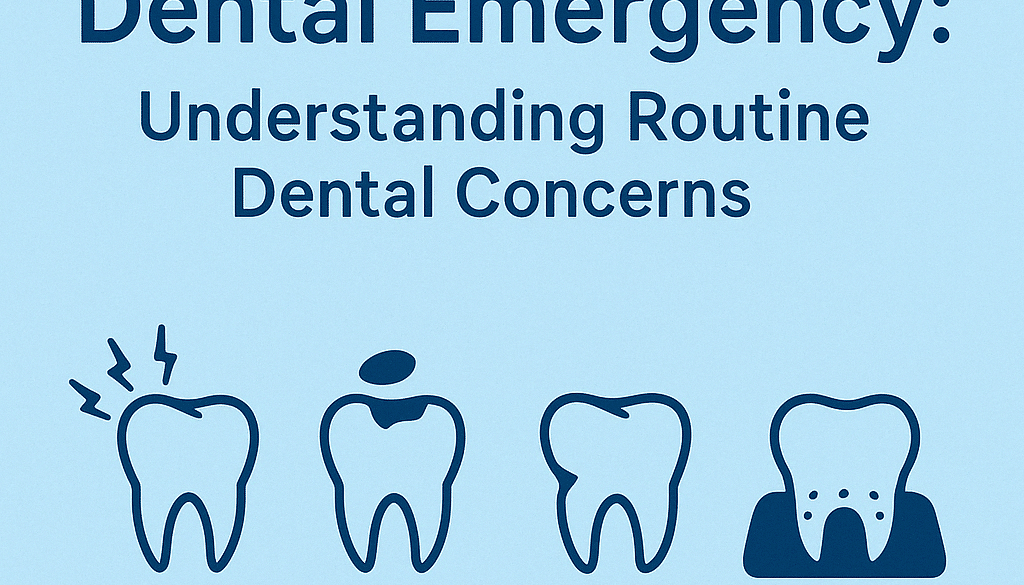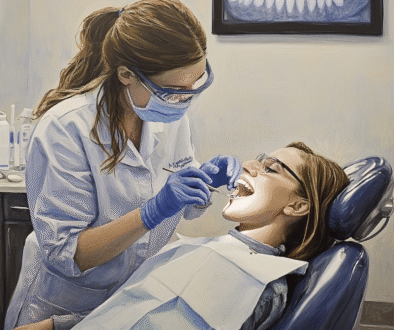When It’s Not a Dental Emergency: Understanding Routine Dental Concerns
While some dental issues require immediate professional attention, many common dental problems can wait for a regular appointment. Knowing the difference between urgent and non-urgent dental concerns can save you unnecessary emergency fees and help you manage your oral health more effectively.
Common Non-Emergency Dental Issues
A mild toothache that responds to over-the-counter pain medication is typically not an emergency. This discomfort often stems from temporary sensitivity, minor decay, or sinus pressure. Similarly, a small chip in a tooth that isn’t causing pain or sharp edges doesn’t require same-day treatment.
Lost fillings or crowns, while inconvenient, rarely constitute emergencies unless accompanied by severe pain. In these cases, temporary dental cement from a pharmacy can protect the area until your scheduled appointment.
Mild gum irritation or bleeding during brushing usually indicates gingivitis rather than an emergency condition. Improving your oral hygiene routine can often address these symptoms while waiting for a regular dental visit.
Timeframe for Treatment
For non-emergency dental issues, scheduling an appointment within a week or two is typically appropriate. During this waiting period, maintain good oral hygiene and use appropriate over-the-counter products to manage discomfort.
A slightly loose permanent tooth without significant trauma or pain can often wait a few days for evaluation. However, monitor the situation closely—if mobility increases or pain develops, the status may change to an emergency.
Mild jaw pain or clicking sounds when chewing may indicate temporomandibular joint (TMJ) issues, which usually develop gradually and can be addressed during a regular appointment.
Self-Care for Non-Emergencies
While waiting for your scheduled appointment, several self-care measures can help manage non-emergency dental issues. Rinsing with warm salt water can reduce inflammation and discomfort for minor irritations. Over-the-counter dental wax can cover rough edges on chipped teeth that aren’t causing pain but feel uncomfortable against your tongue or cheeks.
For mild sensitivity, desensitizing toothpaste can provide relief when used consistently. Avoiding extremely hot, cold, or acidic foods may also help reduce discomfort from sensitive teeth.
When to Reconsider
Even non-emergency situations can escalate. If symptoms worsen significantly—pain becomes severe, swelling develops, or fever occurs—what began as a non-emergency may require urgent care. Trust your instincts and contact your dentist if you’re concerned about changing symptoms.
Preventive Approach
Regular dental check-ups every six months help prevent both emergency and non-emergency dental problems. These visits allow for early intervention, often preventing minor issues from developing into painful emergencies.
Understanding the difference between dental emergencies and non-urgent concerns helps you make informed decisions about your oral health care. When in doubt, a quick call to your dental office can provide guidance on whether your situation requires immediate attention or can wait for a scheduled appointment.




